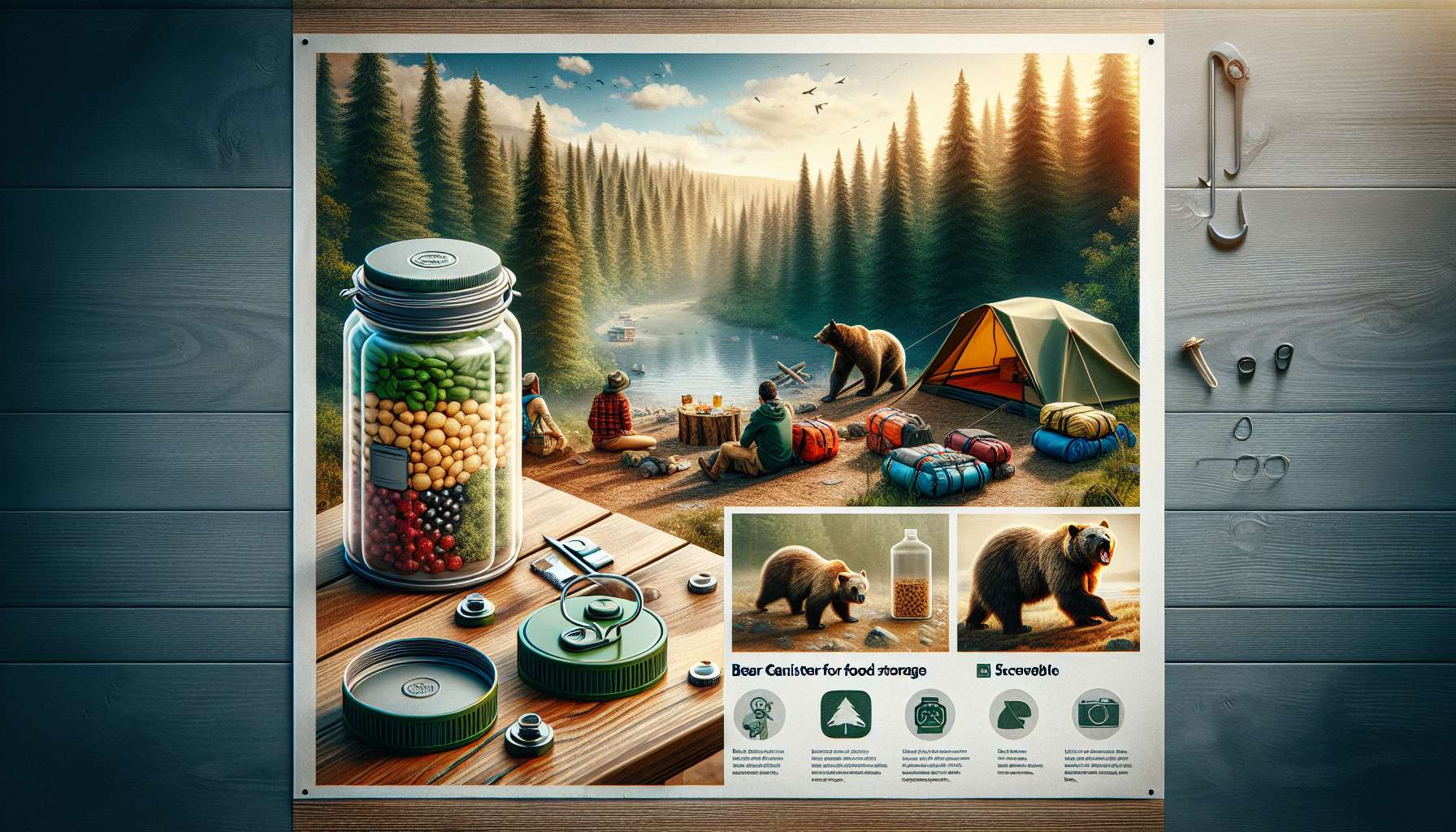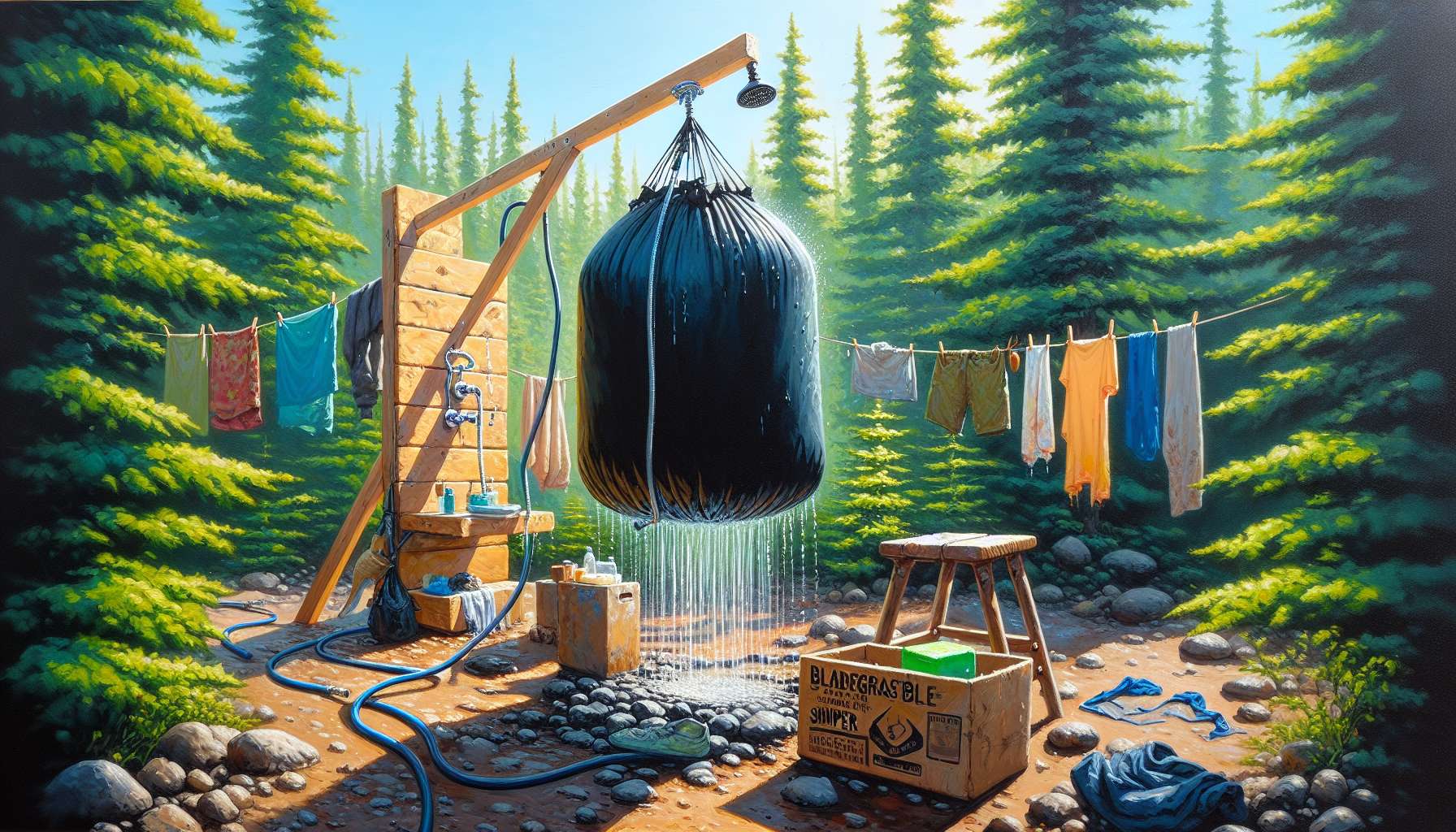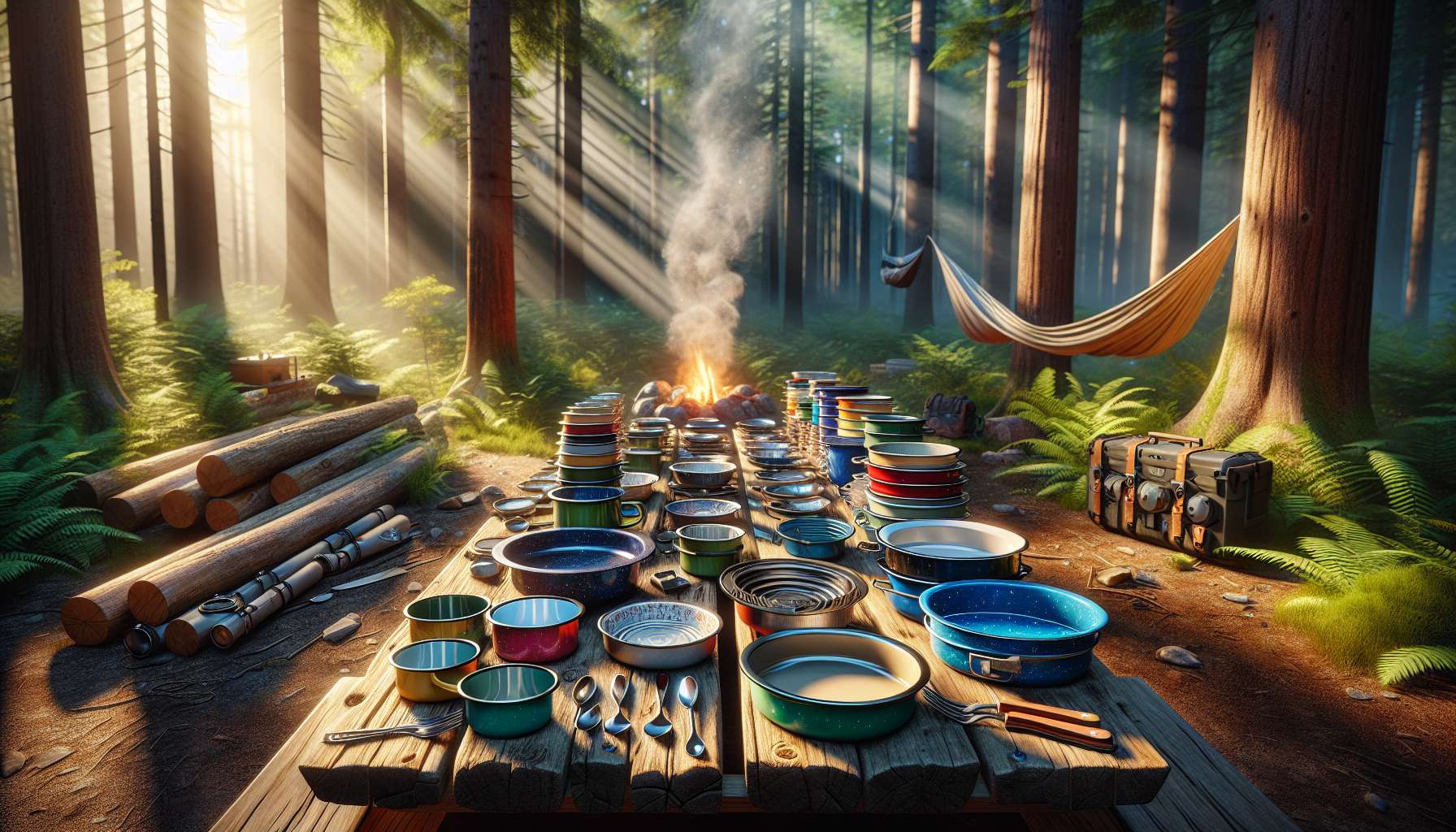Bear Canisters for Food Storage: A Comprehensive Guide
Are you an avid camper or hiker who loves spending time in the great outdoors? If so, you’re likely familiar with the importance of proper food storage to prevent unwelcome visitors, such as bears, from raiding your supplies. Bear canisters are a crucial tool for safely storing food and protecting both yourself and the wildlife around you. In this article, we’ll delve deep into the world of bear canisters for food storage, exploring their history, benefits, usage, and more.
The Evolution of Bear Canisters
When it comes to outdoor adventures, safety is paramount. In the past, campers and hikers relied on hanging food bags from trees to keep them out of reach of bears and other critters. However, this method was not foolproof, as bears are adept climbers and could easily access the food. This led to the development of bear canisters, which are specially designed containers that are bear-resistant and can withstand the strength and determination of these powerful animals.
Modern bear canisters are made from durable materials such as polycarbonate or carbon fiber and come in various sizes to accommodate different amounts of food. They typically have a locking mechanism that requires opposable thumbs to open, making it nearly impossible for bears to access the contents inside. Bear canisters have become a staple for campers in bear country, offering peace of mind and protection against wildlife encounters.
The Benefits of Bear Canisters
One of the primary advantages of using bear canisters for food storage is the protection they provide against wildlife. By safely storing your food in a bear-resistant container, you minimize the risk of attracting bears to your campsite, thus reducing the likelihood of dangerous encounters. This not only keeps you safe but also protects the bears from becoming habituated to human food, which can have detrimental effects on their behavior and survival in the wild.
Additionally, bear canisters are lightweight and portable, making them easy to carry on backpacking trips. Their rugged construction ensures that they can withstand the rigors of outdoor adventures, from rough terrain to inclement weather. They are also reusable and environmentally friendly, reducing the need for single-use plastic bags or other disposable food storage methods.
How to Use Bear Canisters
Using a bear canister is straightforward, but it’s essential to follow proper procedures to ensure its effectiveness. When packing your food, place all items in the canister, including toiletries, trash, and any scented items. Make sure the lid is securely closed, and place the canister at least 100 feet away from your campsite in a flat, open area. Avoid placing it near cliffs or bodies of water, as bears may push or roll the canister into these hazards.
It’s also crucial to familiarize yourself with local regulations regarding bear canister use, as some national parks and wilderness areas require their use. Be sure to check the guidelines before heading out on your trip to avoid any potential fines or penalties for non-compliance.
Expert Opinions on Bear Canisters
Experts in wildlife conservation and outdoor recreation often emphasize the importance of using bear canisters for food storage. According to Dr. Jane Doe, a renowned bear biologist, “Bear canisters are a critical tool for minimizing human-bear conflicts in the backcountry. By properly storing your food and scented items, you not only protect yourself but also help preserve the natural behavior of bears in their habitat.”
In a recent study published in the Journal of Wildlife Management, researchers found that the use of bear canisters significantly reduced bear visits to campsites and mitigated instances of food-conditioned bears. This highlights the efficacy of bear canisters in promoting coexistence between humans and wildlife in outdoor environments.
Common Misconceptions About Bear Canisters
Despite their proven effectiveness, some misconceptions persist about bear canisters and their usage. One common myth is that bear canisters are heavy and cumbersome to carry on backpacking trips. While older models may have been bulkier, modern bear canisters are lightweight and compact, making them easy to transport in a backpack.
Another misconception is that bear canisters are unnecessary in certain environments or regions. However, bears can be found in a wide range of habitats, from high alpine meadows to dense forests, making it essential to use bear canisters in any area where bears are present.
Comparative Analysis of Bear Canisters
When choosing a bear canister for your outdoor adventures, it’s essential to consider various factors, such as size, weight, capacity, and durability. Some popular bear canister brands include BearVault, Garcia, and Ursack, each offering unique features and benefits.
For example, BearVault canisters are known for their lightweight design and transparent construction, allowing you to easily see the contents inside. Garcia bear canisters are praised for their durability and bear-resistant locking mechanisms, providing added security in bear country. Ursack bear bags offer a flexible alternative to rigid canisters, made from tear-resistant fabric that can withstand bear attacks.
FAQs About Bear Canisters
1. Are bear canisters required in all national parks?
While bear canister regulations vary by park, many national parks in bear country require the use of bear canisters to protect both visitors and wildlife.
2. Can I use a bear bag instead of a bear canister?
Bear bags are an alternative to bear canisters, but they are less secure and may not be allowed in some areas with strict food storage regulations.
3. How should I clean my bear canister after use?
After each trip, clean your bear canister with soap and water to remove any food residue or odors that may attract bears. Allow it to dry completely before storing it for your next adventure.
To Wrap Things Up
Bear canisters are an essential tool for any outdoor enthusiast venturing into bear country. By properly storing your food and scented items in a bear-resistant container, you not only protect yourself and your supplies but also help preserve the natural behavior of bears in the wild. Whether you’re backpacking in the backcountry or camping in a national park, be sure to follow proper food storage guidelines and use a bear canister to ensure a safe and enjoyable outdoor experience.
Remember, the wilderness is home to a diverse array of wildlife, and it’s our responsibility to coexist respectfully and responsibly. By using bear canisters and practicing Leave No Trace principles, we can help protect these precious natural spaces for generations to come.
So, next time you head out on a camping trip, don’t forget to pack your bear canisterit’s a small investment that can make a big difference in your outdoor adventures. Stay safe, stay prepared, and enjoy the beauty of the great outdoors!




